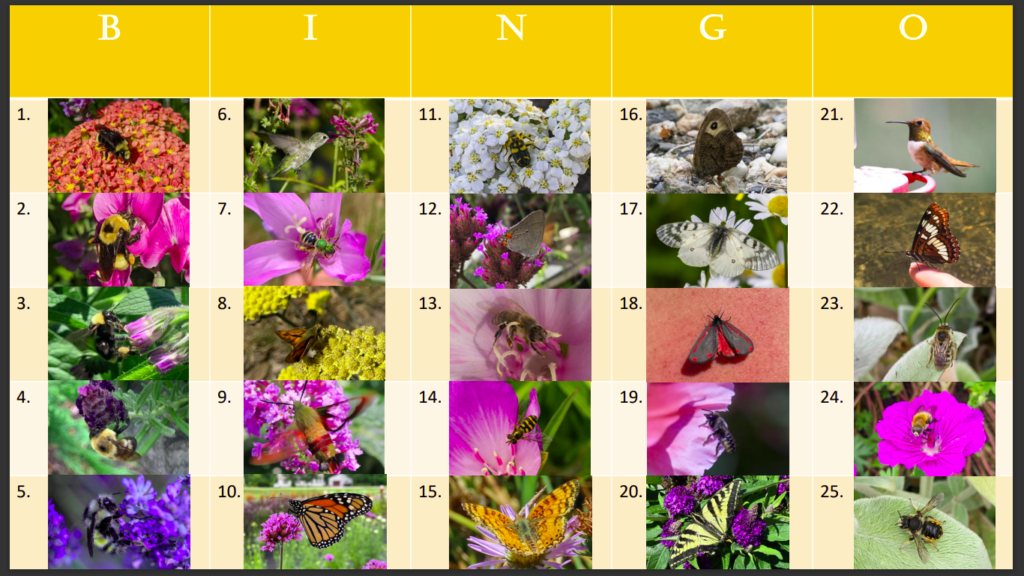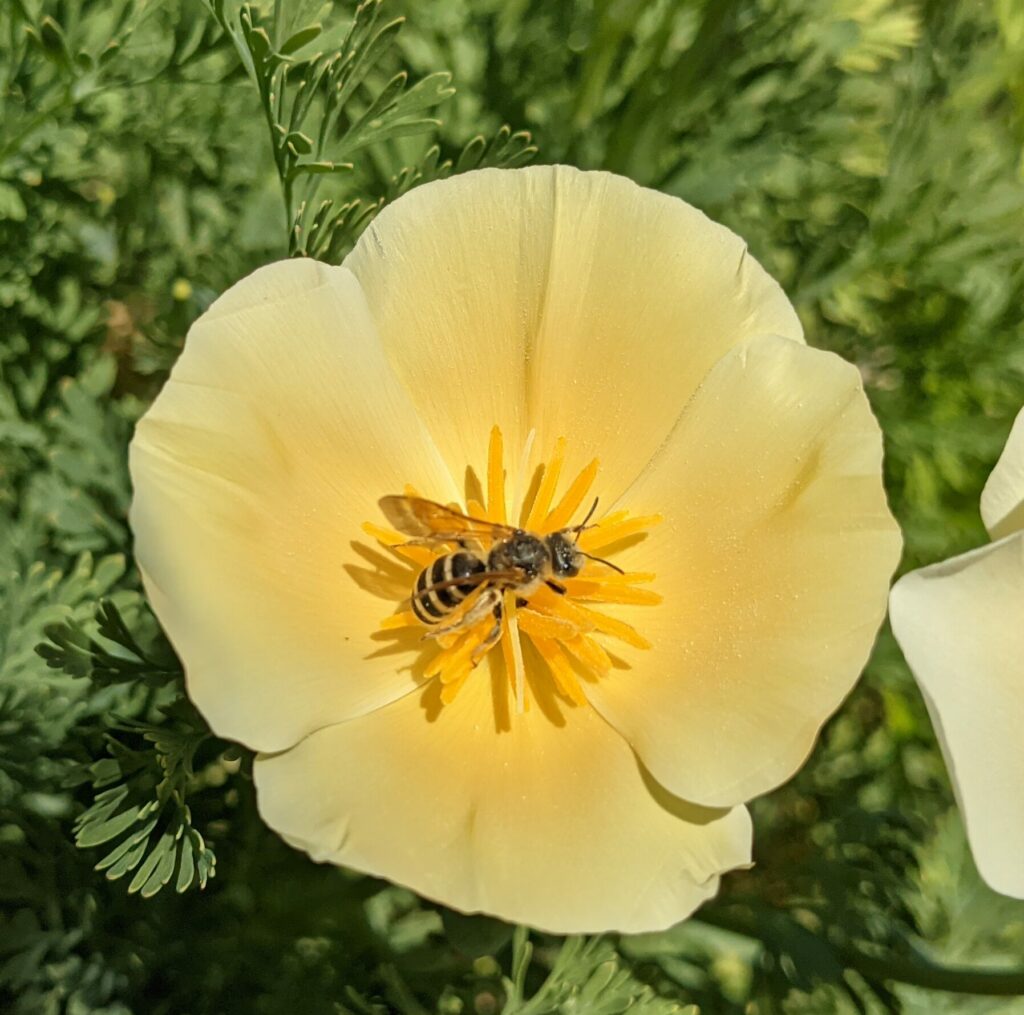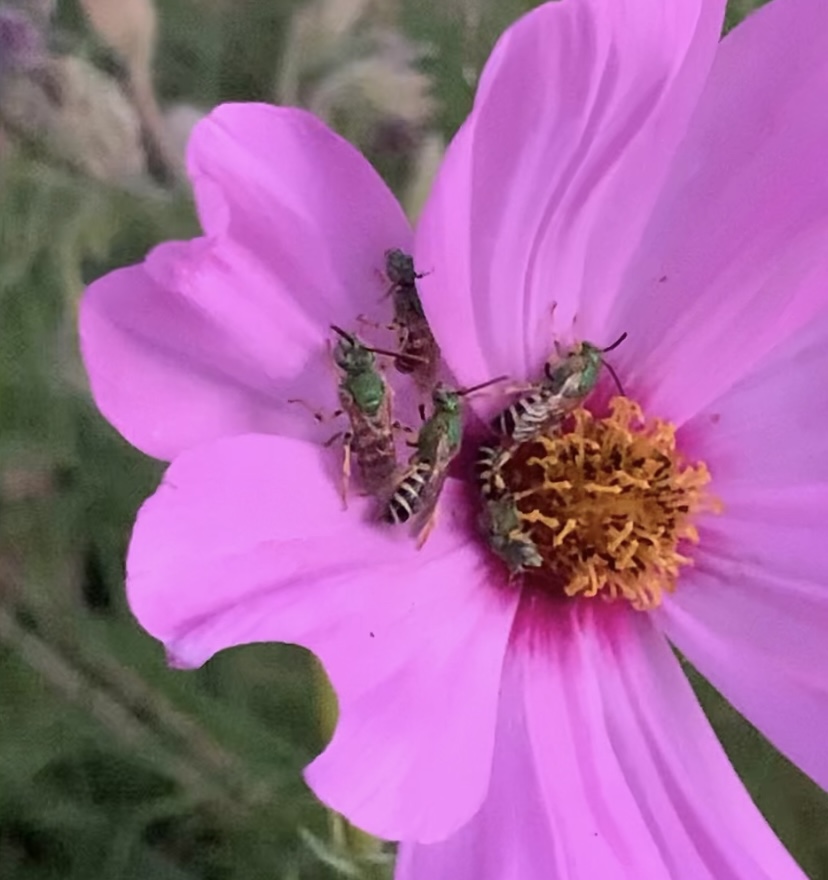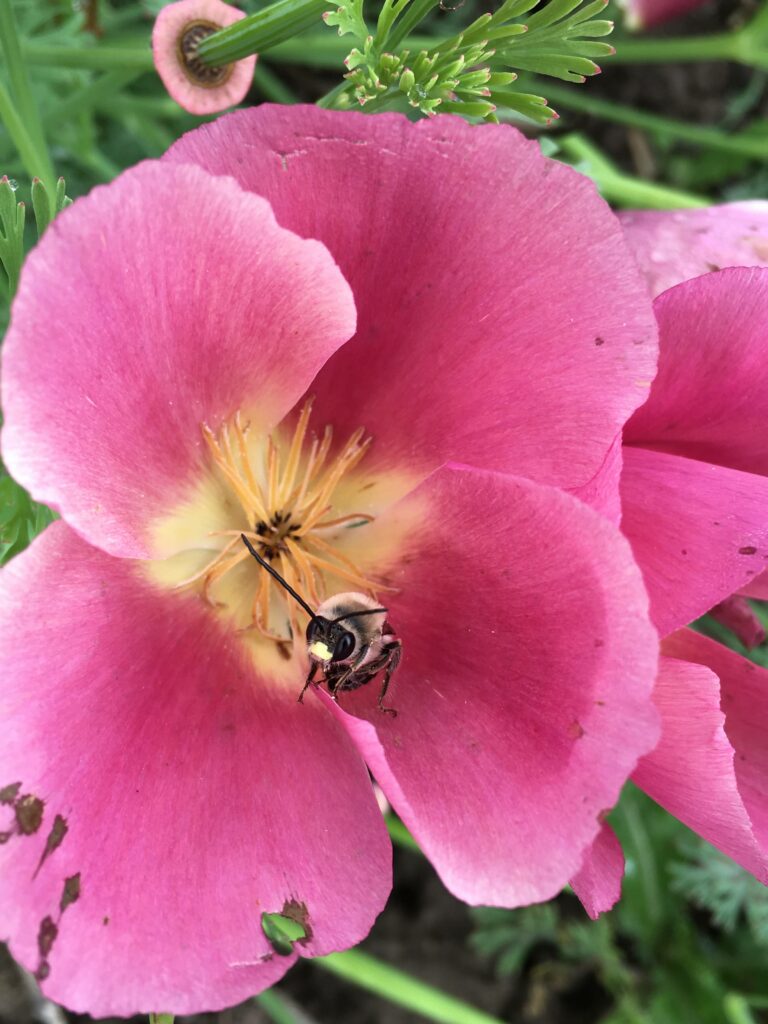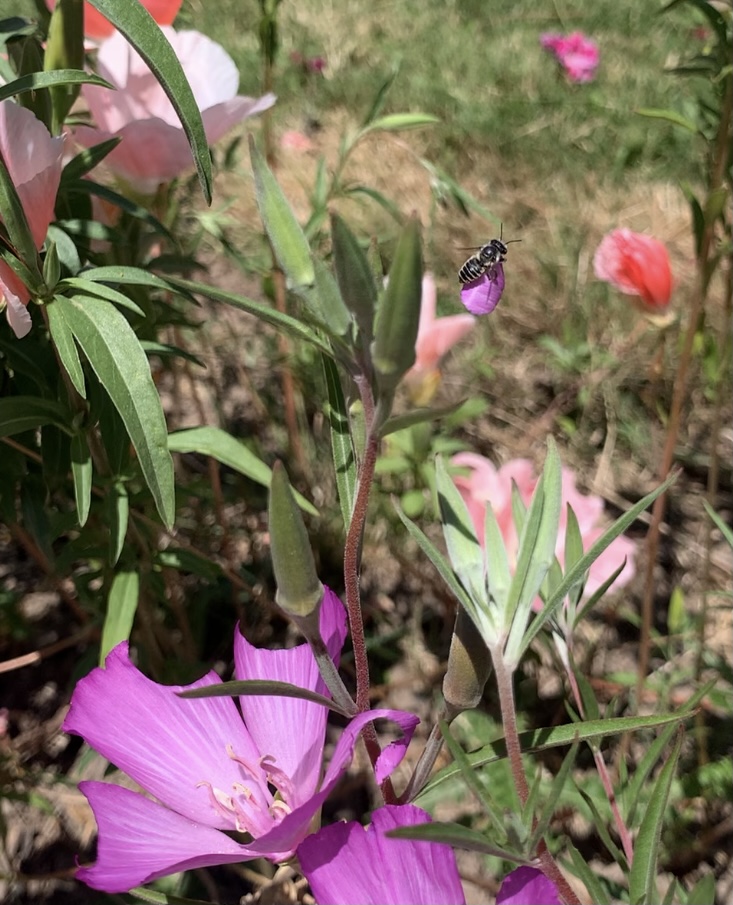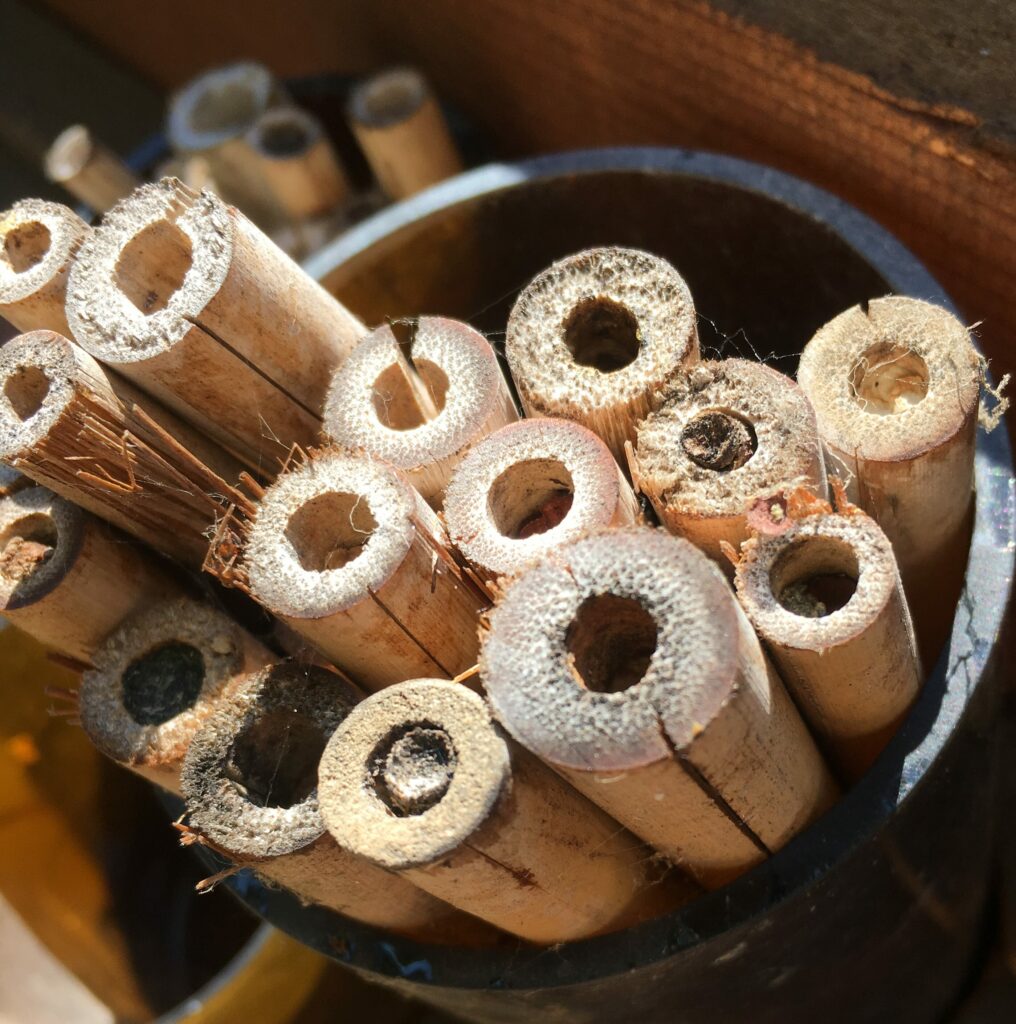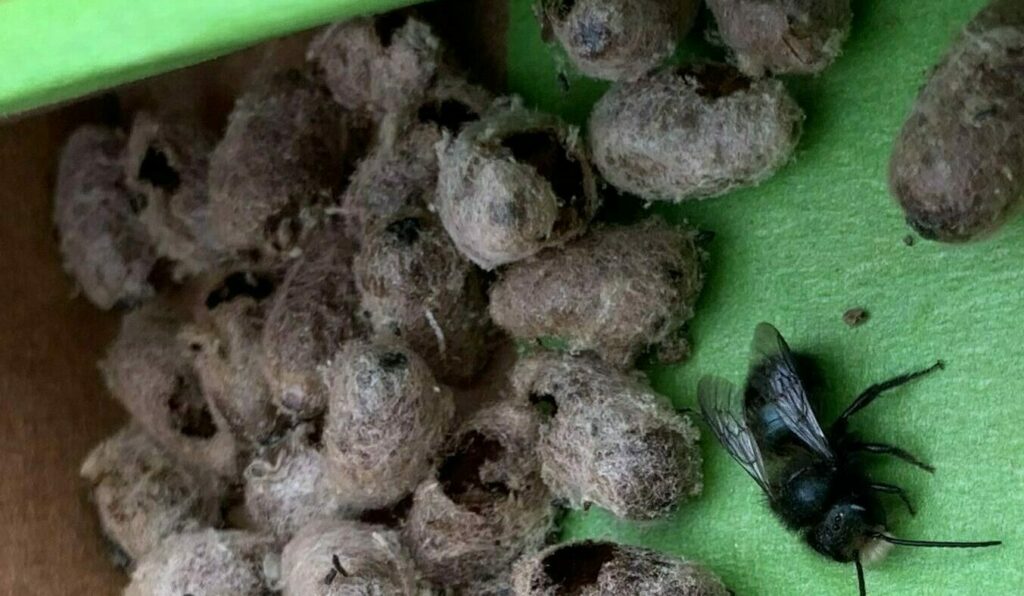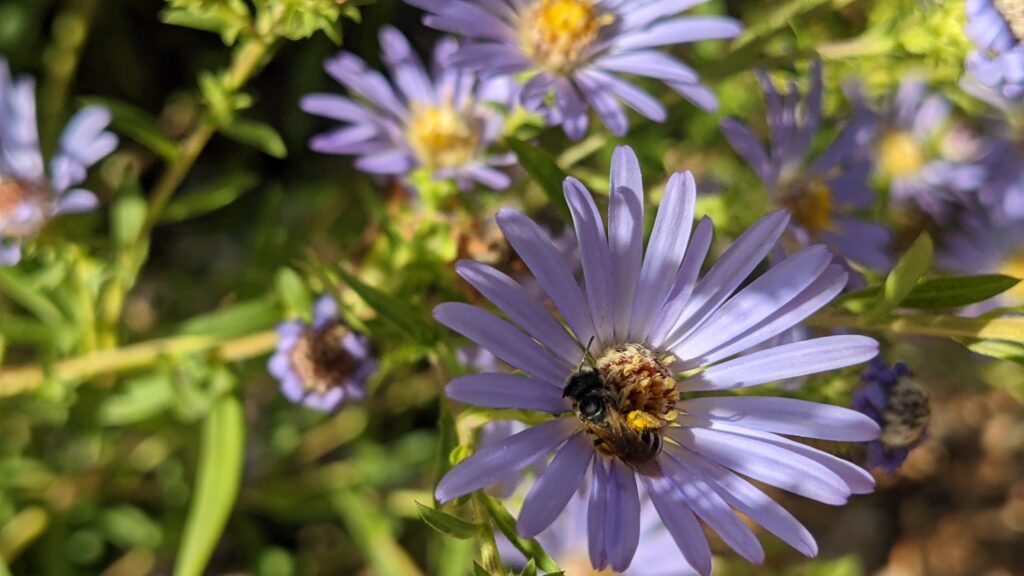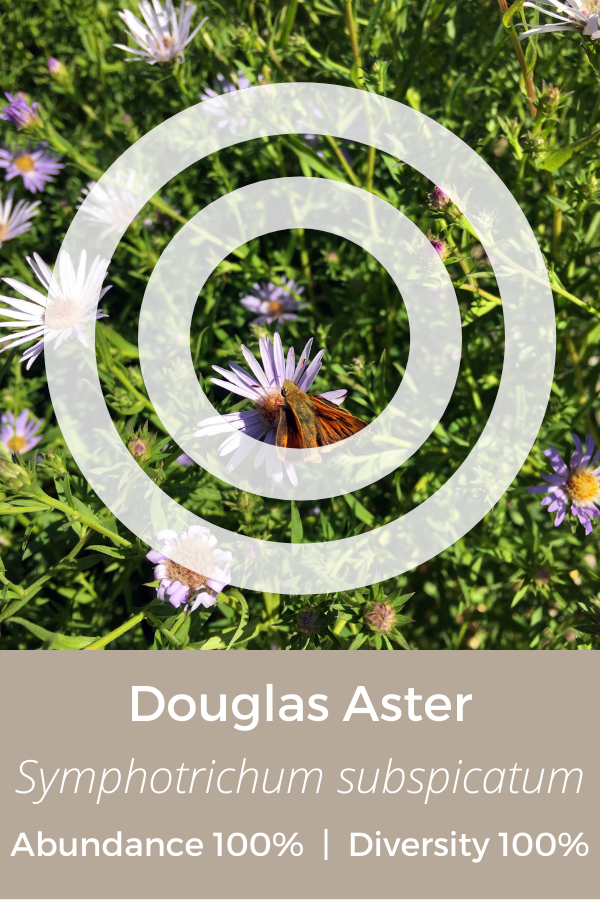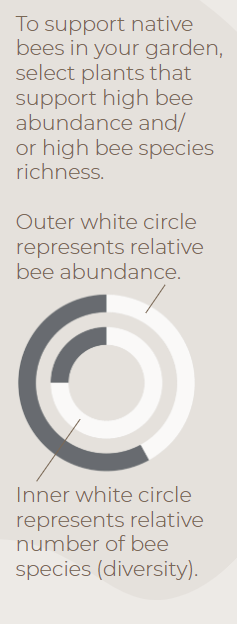A version of this blog post was written for the Hardy Plant Society of Oregon (HPSO) Quarterly Magazine, and was greatly improved by comments and feedback from the HPSO team of editors.
I had been to my mom’s hometown of Bagamanoc many times, but never before as a budding entomologist. In 1993, I packed my bags with the many tools used to collect and curate insects: glassine envelopes to store and sort butterflies, insect pins and boxes, a pinning block, and nets. Once on the ground in this rural region of the tropics, I set out to catch and kill new specimens for my personal insect collection. My prized find was a large birdwing butterfly, with black and red markings and wingspan of more than 6 inches: Atrophaneura semperi. I nearly vibrated with excitement as I caught her in my net. I carefully pulled her out and held her between my thumb and forefinger, so that I could pinch her thorax and break her flight muscles; a trick that was passed down to me by more experienced entomologists. This would ensure that she could no longer move, an activity that might scrape off scales or tear her wings. Pristine specimens are the standard for insect collections.

By the time I boarded a plane to return home, my prized find had been decimated. Ants had found her, and eaten her abdomen. I was crestfallen and ashamed that I had killed her. Since that time, I largely stopped collecting insects for my personal collection. I limit my collection to two taxa (longhorned beetles and metallic wood boring beetles), to keep from killing and pinning every insect that I see. But I have been involved in the lethal collection of many insect specimens for my work, and it is not without the occasional pangs of guilt.
A recent news story profiled Master Gardener volunteers who had collected 25,000 bees in Pennsylvania to further scientific understanding of wild bee abundance and diversity in the state.1 As the story was shared on social media, the comments and concerns related to lethal sampling accumulated: why was it necessary to kill the bees we are supposed to be helping?
In this article, I briefly examine the science, politics, and ethics of lethal sampling.
The Science
I know of only one study that has directly examined the impact of repeated, lethal sampling on insect communities.2 In this study, the authors sampled wild bees every two weeks throughout a season, or once per season. They found no effect of repeated sampling on any of the response variables they measured, including bee abundance, species richness, or community composition. They suggest that density-dependent competitive release may explain their results: decreased survivorship by some is compensated by increased fecundity from others. In essence, as you remove bees from the community, it reduces the intensity of competition and allows surviving bees to produce more offspring than they would have been able to if they had to compete with other bees for resources.
Lethal sampling has long been the rule in studies of insect biodiversity. In homage to the “lock and key hypothesis,” which suggests that genital morphology acts as a reproductive barrier that ultimately defines a species, identifying an insect to species may mean dissecting out genitalia for microscopic examination. In fact, there is a piece of equipment that some entomologists use, that is designed to inflate and harden insect genitalia, called a phalloblaster or vesica everter. This penis pump for insects cost $2,727 in 1997.
A shift away from lethal sampling has been happening for quite some time, particularly for butterflies and other large insects that can be identified by sight. On iNaturalist, many insects are identified to species by combining advances in machine learning and computer vision with crowd-sourced verifications from the iNaturalist community. The platform has led to the discovery and rediscovery of multiple insect species.3, 4

The Politics
Insects are generally exempt from regulatory oversight. But recent stories of insect declines and the emergence and growth of the insect farming industry has led at least one law school to teach a course on insect law. Institutional Animal Care and Use Committees (IACUC) govern the ethical care of animals used in research studies, but exempts invertebrates from oversight, except for cephalopods (octopus, squid and cuttlefish).
Few laws govern the collection of insect specimens. However, in the state of Washington, insects are classified as wildlife. Permits are required to collect insects for scientific study. This has complicated the launch of the Washington Bee Atlas, run by the Washington Department of Agriculture, which must secure permits from the Washington Department of Fish and Wildlife for every bee collected.
The Ethics
The cephalopod exemption to IACUC oversight is notable, and is based on the recognition that cephalopods are sentient, self-aware, and capable of feeling or fearing pain. Insects don’t have a brain, per se. Instead, they have three clusters of nerve fibers, which form the supraesophageal ganglion. This fact has sometimes been used to argue that insects can’t feel pain, but reviews of recent studies suggest that there is evidence that some insect adults may feel pain,5 and that some may feel emotional states such as stress.6
Another high-profile study found evidence that bumblebees play.7 Play is classified as an activity that does not result in an obvious reward or adaptive outcome, among other criteria. In this study, researchers documented bumblebees interacting with balls in ways that satisfy the criteria for play. The bees received no reward for this behavior. As in many other animals, younger bees played more often than older bees. If insects are sentient, the field of entomology would undergo a revolution of practice.
Conclusion
Insects are so diverse. Many have yet to be discovered and described, and many others look remarkably similar. The only way to identify most insects to species is to have a physical specimen in hand that you can manipulate and examine under a microscope. And it’s notable that a landmark study of insect declines over 27 years used non-selective Malaise traps to enable the capture and counting of what must be tens of thousands of insects.8 It is extremely difficult to study many questions of insect ecology without lethal sampling.
But scientists are increasingly using and improving nonlethal methods in entomology,9 including the use of DNA barcoding, catch and release, and camera traps. Because the study of insects has largely been exempt from regulatory oversight, most entomologists have yet to reflect on the moral considerations of catching and killing insects. However, as we learn more about insect cognition, the time may be coming to carefully weigh the costs and benefits of lethal collection methods and to invest in technologies that advance the use of non-lethal options.

1Stimpston, Ashley. 2024. Twenty master gardeners have collected 25,000 bees. Here’s why. The Washington Post (October 24, 2024).
2Gezon, Zachariah J. et al. 2015. The effect of repeated, lethal sampling on wild bee abundance and diversity. Methods in Ecology and Evolution, 6(9): 1044-1054.
3Tugwell, James, Masashi and Gaston, Kevin J. 2024. Sixteen insect species photographed for the first time by citizen scientist. ABC News, Australia (October 19, 2024).
4Mesaglio, Thomas. 2021. First known photographs of living specimens: the power of iNaturalist for recording rare tropical butterflies. Journal of Insect Conservation, 25: 905-911.
5Gibbons, M. et al. 2022. Can insects feel pain? A review of the neural and behavioral evidence. Advances in Insect Physiology, 63: 155-229.
6Lambert, H. et al. 2021. Wouldn’t hurt a fly? A review of insect cognition and sentience in relation to their use as food and feed. Applied Animal Behavior Science, 243: 105432.
7Galpayage Dona, Hiruni Samadi et al. 2022. Do bumblebees play? Animal Behavior, 194: 239-251.
8Hallman, Caspar A. et al. 2017. More than 75 percent decline over 27 years in total flying insect biomass in protected areas. PLOS One, 12(10): e0185809.
9Lovei, Gabor L. and Ferrante, Marco. 2024. The use and prospects of nonlethal methods in entomology. Annual Review of Entomology, 69: 183-198.




















